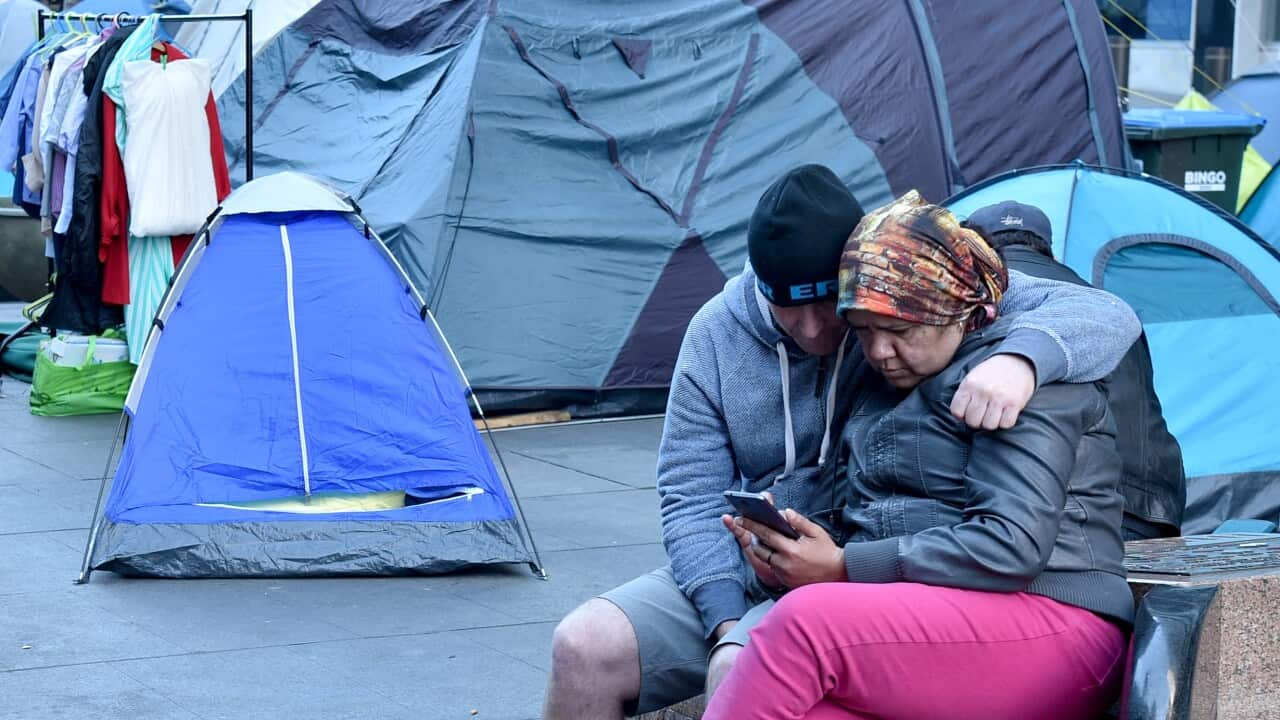Key Points
- A new report has revealed that Australia has a significant gap between the wealthy and poor.
- In 2021, the richest one per cent of Australians held 50 times the wealth of the lower 60 per cent of Australians.
Australia remains one of the richest countries in the world, but has a significant wealth gap between the rich and the poor, according to a new report.
The findings released by the Australian Council of Social Service (ACOSS) on Friday found that Australia's richest 10 per cent of households have an average household wealth of $6.1 million - almost half of the entire country's wealth combined.
The majority of Australians remain on the lower scale of wealth, with 60 per cent of the population only pocketing 17 per cent of the country's wealth.
What the rising cost of living means for these Australians
Together with the University of New South Wales (UNSW), ACOSS examined changes in household wealth and distribution during the COVID-19 pandemic in 2020. It projected Australian Bureau of Statistics wealth distribution data from 2017-18 forward to December 2021 to calculate wealth inequality.
In 2021, the richest 1 per cent of Australians held 50 times the wealth of the lower 60 per cent of Australians, and 11 times the wealth of the average-income household.
UNSW Director of the Social Policy Resource Centre Carla Treloar said the findings were a reminder of the stark gap between the rich and poor in Australia.
“Once again, this report reminds us that wealth in Australia is distributed very unevenly," she said.
How does it work?
“This research makes it clear we have an economic model that delivers profits for the wealthiest at the expense of those with least in our community, and it’s time for the inequality in our economic system to be addressed and made fairer for all.”
According to Credit Suisse's 2020 Global Wealth Report, Australia is the fourth richest country in the world, only behind Switzerland, the United States and Hong Kong.
Yet almost a third of Australian households were struggling with rising debt, and 39 per cent of households didn't have enough money to cover three weeks of lost income.
Acting ACOSS chief executive Edwina MacDonald said the findings reveal a "precariousness of life" for many Australians who are battling poverty and homelessness with rising inflation rates and cost of living.
"This research also points to the precariousness of life for people on low incomes in Australia ... and the need to bolster the social safety net so that unemployment does not inevitably lead to poverty,” Ms MacDonald said.
"Everyone deserves a roof over their heads, and a home that meets their basic need for shelter. It is simply wrong that something so fundamental has become so challenging for those on low and modest incomes to achieve."
Other issues highlighted
The report also highlighted the soaring house prices that led to increased wealth for homeowners but have pushed younger people out of a safety net to secure affordable property.
"There is a big downside to rapid growth in home prices. Unlike other assets, housing provides shelter for people and their families. By treating it as an investment, we have locked many younger people and those with low and modest incomes out of secure, affordable homes," the report said.
Out of 500,000 rental listings in 2020 according to a survey by Anglicare Australia this year, only seven were deemed affordable for a single adult who claimed the JobSeeker payment on Centrelink.
The report defined “affordable” as costing less than 30 per cent of a person's income.










